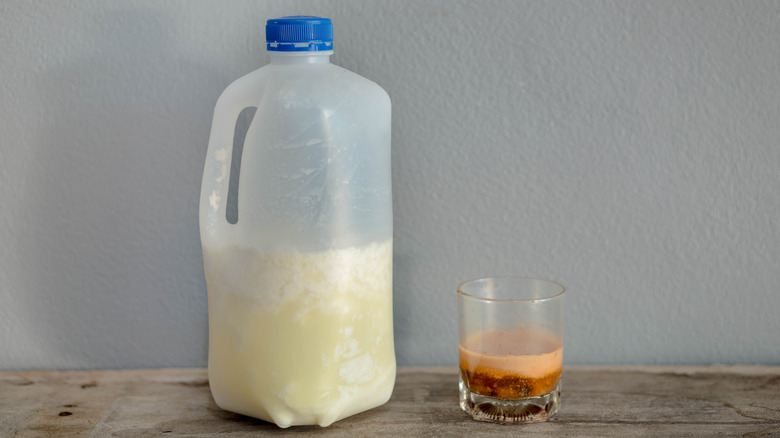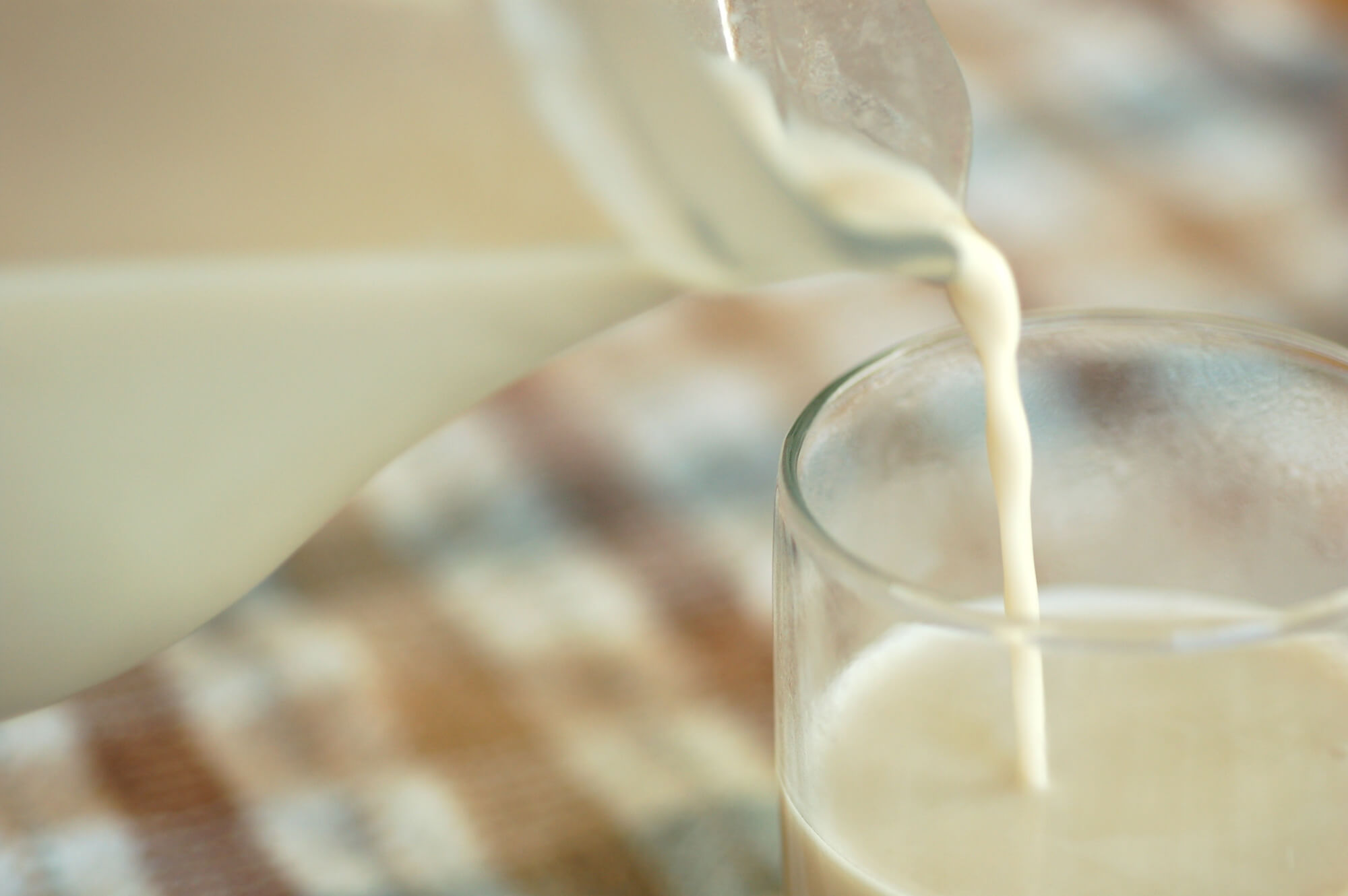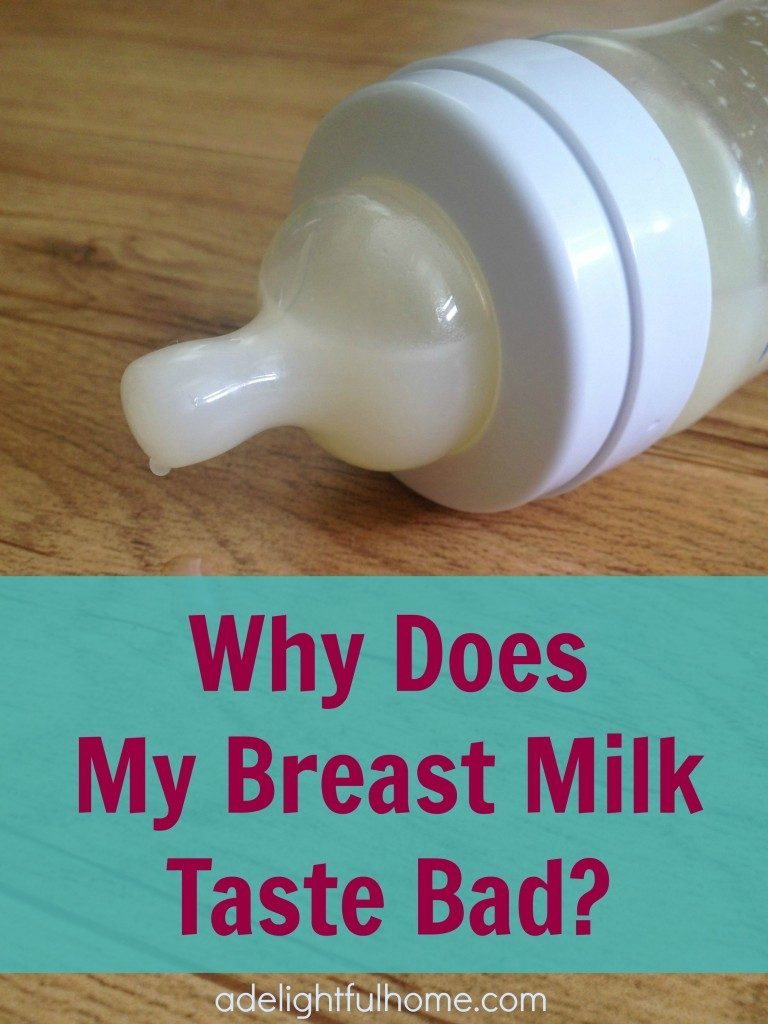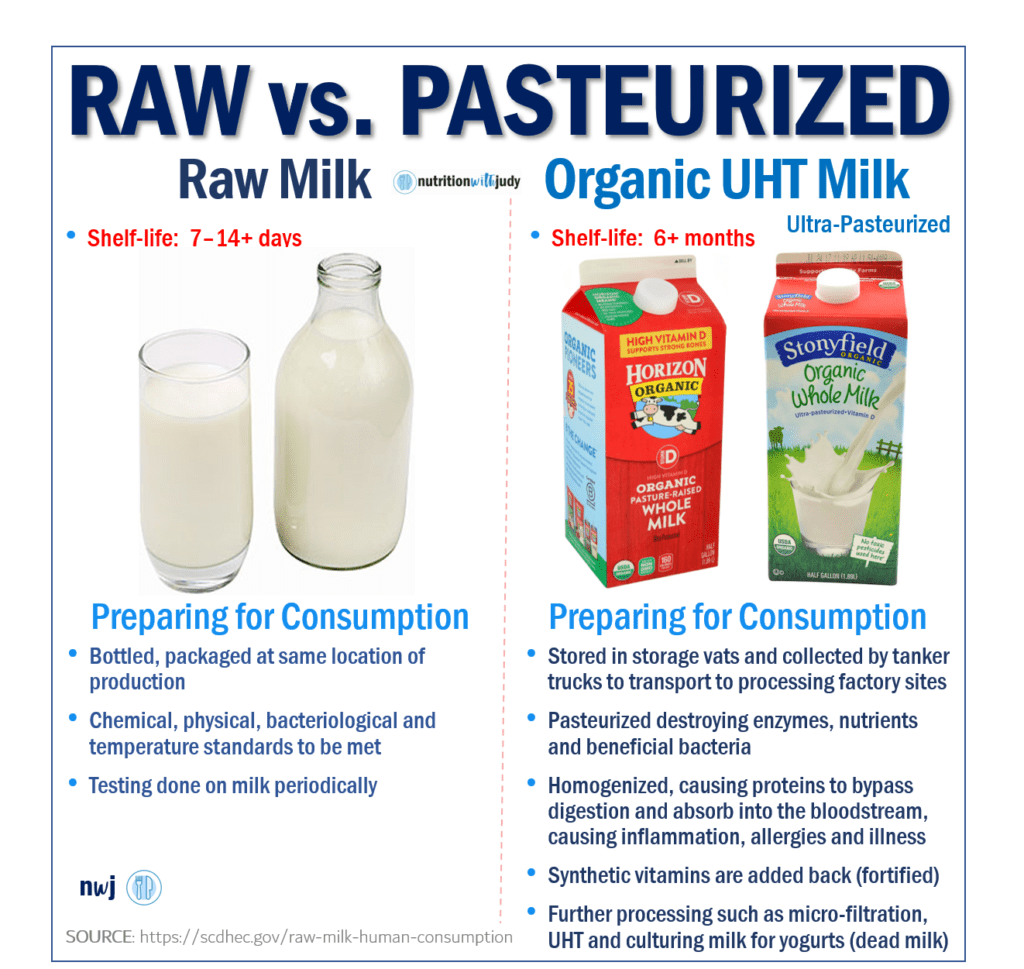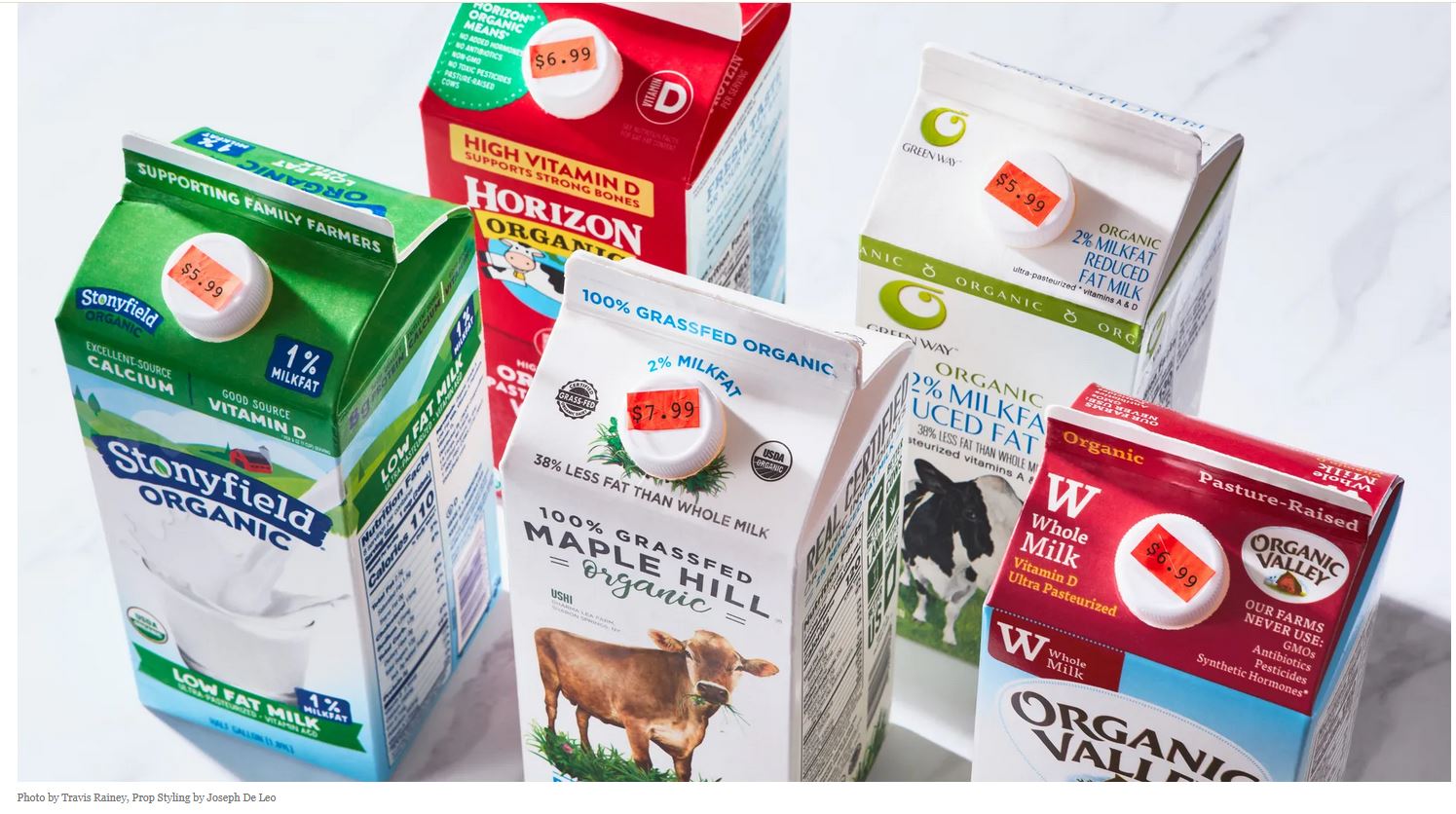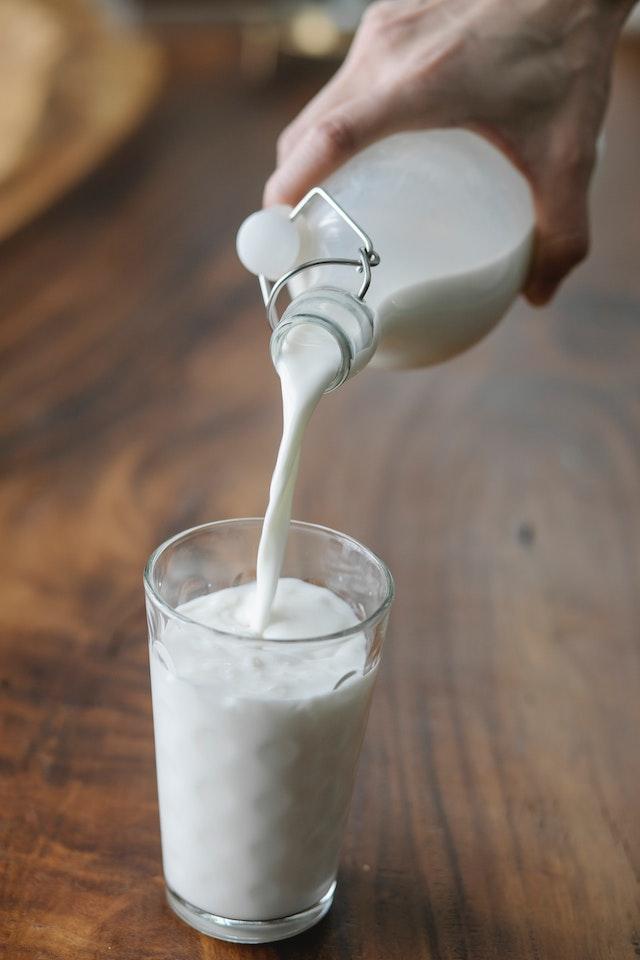Why Does Organic Milk Smell Bad
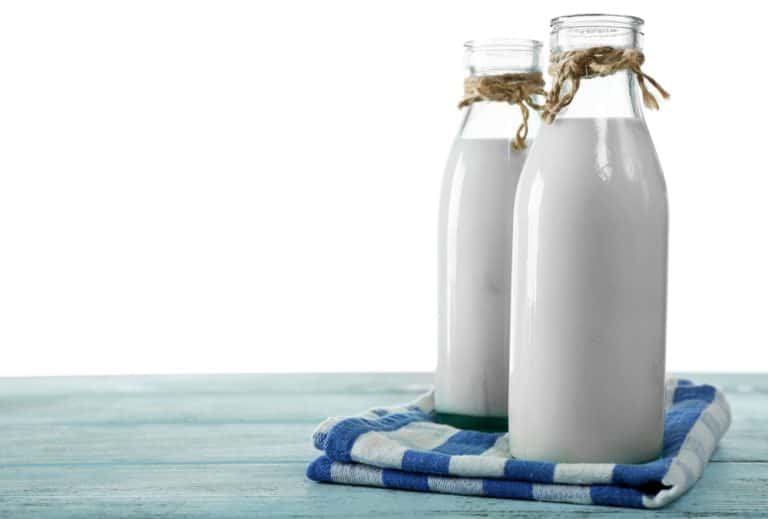
The unsettling aroma that sometimes wafts from a carton of organic milk has sparked widespread consumer concern and ignited a debate within the dairy industry. For some, it’s a fleeting, almost imperceptible oddity. For others, it's a pungent, barnyard-like scent that taints their morning coffee and casts doubt on the product's freshness and quality.
The issue isn't a figment of imagination. Reports of off-odors in organic milk are not new. While not all organic milk is affected, the recurring complaints prompt a crucial question: What causes this phenomenon, and what can be done to prevent it?
This article delves into the complex factors contributing to the sometimes unpleasant smell of organic milk. We explore the science behind the odor, examining the role of animal feed, farming practices, and milk processing techniques. Expert opinions and industry data will be analyzed to shed light on this puzzling issue and its potential solutions.
The Science of Off-Odors
The primary culprit behind the off-odors in organic milk is often attributed to a compound called 3-methylindole, also known as skatole. Skatole is a naturally occurring organic compound produced during the microbial breakdown of the amino acid tryptophan in the cow's digestive system.
While skatole is present in all milk, the concentration levels are what determine whether an off-odor becomes noticeable. Higher levels of skatole can impart a fecal or barnyard-like smell to the milk, making it unappetizing for consumers.
The Role of Diet
A key differentiating factor between organic and conventional milk production lies in the cow's diet. Organic farming practices mandate that cows have access to pasture and consume a significant portion of their diet from grazing. This emphasis on pasture-based feeding is where potential problems can arise.
Certain types of pasture grasses and weeds contain higher levels of lignin, a complex polymer that is difficult for cows to digest. When cows consume large quantities of these lignin-rich plants, it can lead to increased production of skatole in their gut.
According to a study published in the Journal of Dairy Science, diets high in rapidly fermentable carbohydrates, often found in lush spring pastures, can also contribute to higher skatole levels. This rapid fermentation disrupts the balance of the rumen microbiome, potentially leading to increased skatole production.
Ventilation and Manure Management
Beyond diet, the environment in which the cows are housed can also influence the presence of off-odors in milk. Poor ventilation in barns can lead to a build-up of ammonia and other volatile organic compounds, which can be absorbed into the milk.
Similarly, inadequate manure management practices can contaminate the milk supply. If manure comes into contact with milking equipment or the milk itself, it can introduce bacteria and other contaminants that contribute to off-odors.
Stringent hygiene practices during milking and milk handling are, therefore, crucial in preventing contamination and minimizing the risk of off-odors.
Processing and Storage
While the origin of the off-odor often lies on the farm, processing and storage methods can also play a role. Milk is susceptible to absorbing odors from its surroundings. Therefore, proper handling and storage are critical to maintaining its quality.
Exposure to sunlight can also degrade milk quality and contribute to off-flavors. Light can oxidize the fats and proteins in milk, leading to the formation of volatile compounds that can impart an unpleasant taste and smell.
Furthermore, inadequate refrigeration can accelerate the growth of spoilage bacteria, leading to the production of undesirable compounds that cause off-odors and flavors. This is why maintaining proper cold chain management from farm to consumer is essential.
Industry Perspectives and Solutions
The organic dairy industry is aware of the occasional off-odor issue and is actively working to address it. Organic certification standards emphasize animal welfare and sustainable farming practices, but they don't always explicitly address the specific factors that contribute to off-odors.
Some organic dairy farmers are experimenting with different pasture management techniques to minimize the intake of lignin-rich plants. This includes rotating pastures more frequently, selecting grass varieties with lower lignin content, and supplementing the diet with hay or silage during certain times of the year.
The Organic Trade Association (OTA) has also acknowledged the issue and is encouraging research into best practices for preventing off-odors in organic milk. They emphasize the importance of farmer education and collaboration in finding sustainable solutions.
"We are committed to ensuring the highest quality standards for organic dairy products," stated an OTA spokesperson. "We are working with farmers and processors to identify and implement best practices that minimize the risk of off-odors."
Dairy processors are also implementing measures to improve milk quality. These include advanced filtration techniques, improved pasteurization methods, and more rigorous quality control procedures.
Consumer Perception and Future Directions
Consumer perception is crucial in shaping the future of the organic dairy industry. When consumers encounter off-odors in organic milk, it can erode trust and discourage future purchases. Transparency and open communication are vital to maintaining consumer confidence.
Clearly labeling products with information about the potential for seasonal variations in taste and smell can help manage consumer expectations. Emphasizing the benefits of organic milk, such as its higher nutritional content and reduced pesticide residues, can also help offset concerns about occasional off-odors.
Continued research and innovation are essential to addressing this issue effectively. This includes developing more precise methods for measuring skatole levels in milk, identifying specific feed components that contribute to skatole production, and developing new processing techniques that can remove or reduce off-odors.
Ultimately, ensuring the consistent quality and palatability of organic milk requires a collaborative effort involving farmers, processors, industry organizations, and consumers. By working together, the organic dairy industry can address the off-odor issue and maintain its reputation for producing high-quality, sustainable products.
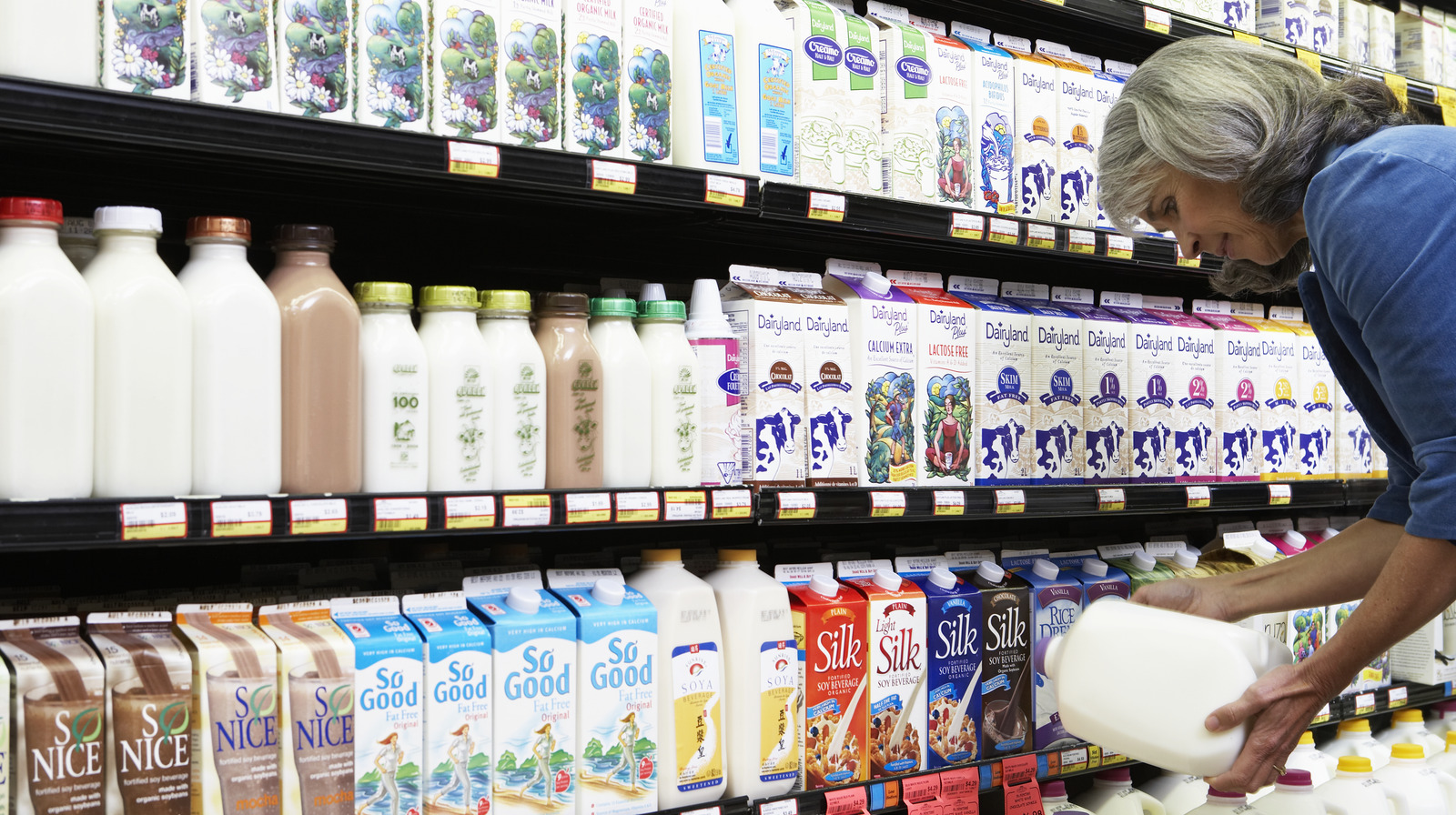


![Why Does Organic Milk Smell Bad How Long Does Organic Milk Last? [Shelf Life Guide] [2025]](https://ca8534d4.delivery.rocketcdn.me/wp-content/uploads/2021/06/does-organic-milk-go-bad.jpg.webp)
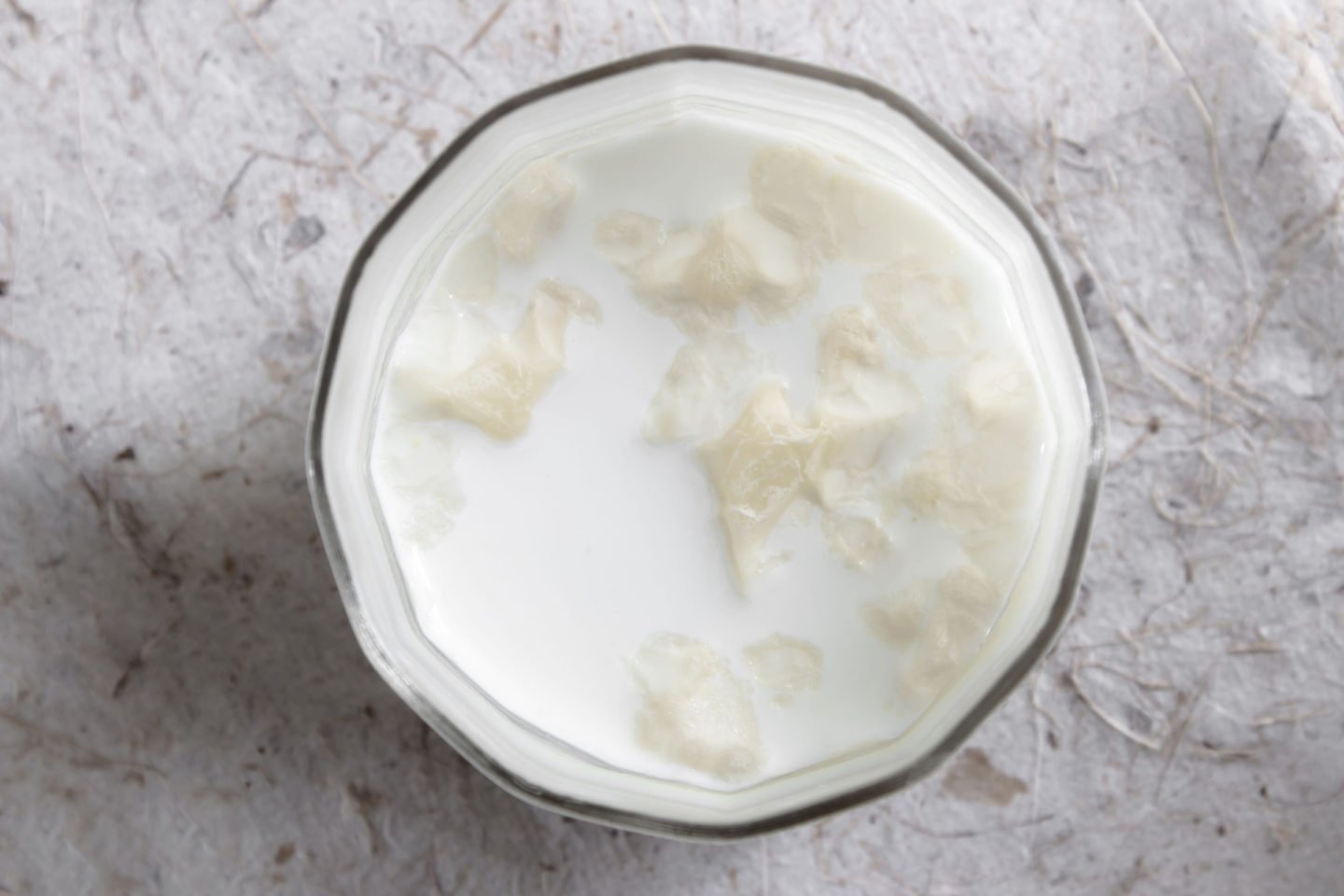

:max_bytes(150000):strip_icc()/organic-vs-regular-milk-udderly-superior-1708846-v2-5c1bc49bc9e77c0001a44e25.png)


